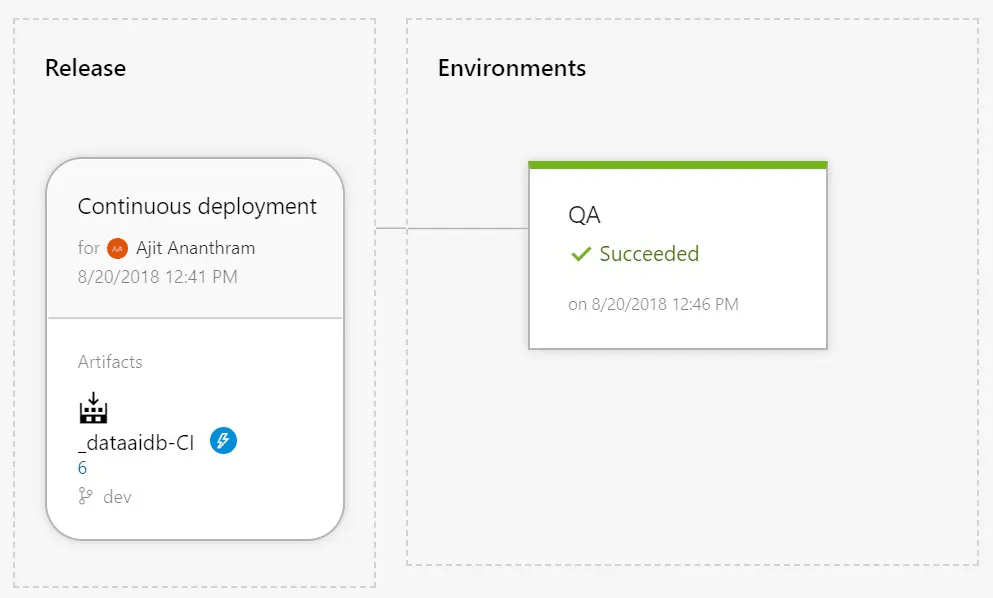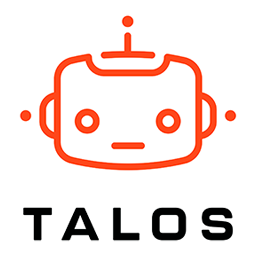
Published: 23 Aug 2018 | Author: James Beresford
When we speak of applications development today, we assume DevOps is an integral part of the software development cycle. Modern microservices-based architectures facilitate the use of DevOps and the benefits of this are well known – agile development, quicker defect resolution, better collaboration, etc. Through containerisation using platforms such as Docker and container orchestrators such as Kubernetes and DC/OS, continuous integration and deployment become essential and not optional steps in daily activities. PaaS offerings in Microsoft Azure like AKS (Azure Kubernetes Service) make management of the platforms even simpler and thereby encourage uptake.
However, while DevOps practices have become mature in the applications development sphere, the same cannot be said when it comes to database development. To be able to build a true DataOps team that can integrate agile engineering processes encompassing IT and data teams, a DevOps mindset is essential. Many large enterprises as well as small organisations continue to follow age-old practices for developing data-related artefacts and as a result, we still see a lack of agility and at times, poor quality.
Microsoft has invested heavily to ensure that database developers can also leverage the benefits that have been reaped by application developers. Today’s SQL Server development IDE, SQL Server Data Tools (SSDT), comes loaded with features that enable a development team to collaborate and follow good programming practices. When combined with Visual Studio Team Services (VSTS), we get the environment needed to engender a DevOps-focused development culture.
At Talos, we believe DevOps is a foundational step in ensuring high-quality outcomes for our clients as part of a Modern Data Platform. Therefore, we make use of the toolsets made available by Microsoft in our development activities and adhere to strict policies, which are enforced by the tools. If you are looking to enable a similar culture in your database development team, consider the following guidelines –



These initial steps will ease the team into the DevOps culture. Look to get these steps right before moving to more advanced areas like automated unit testing, NuGet packaging, coupling database with application changes, etc.
Through the use of a combination of mature tools and strict practices, a DevOps pipeline for database-related development activities is no longer a pipe dream. As MapR’s Chief Architect Ted Dunning has predicted, a sophisticated DataOps team comprising of data-focused developers and data scientists will be the way of the future (MapR press release). Sound DevOps practices will be the first step towards getting there.

Get the latest Talos Newsletter delivered directly to your inbox
Automation & Analytics Technologies for Business

Enable self service analytics to meet the needs of the whole organisation with our proven methodologies.

Specialising in all compliance related processes, she has been trained to quickly learn specific compliance processes.

Specialising in all invoice-related processes, he has been trained to quickly learn specific invoice-related processes.

Using our EPIC methodology guiding you to deliver outcomes quickly and cost effectively.
